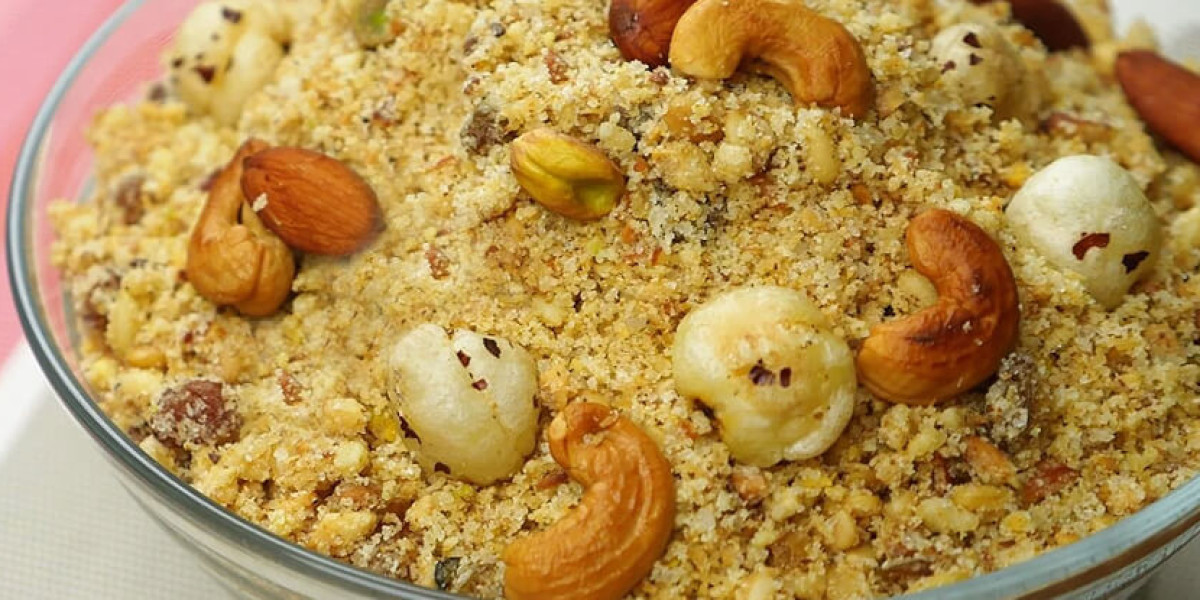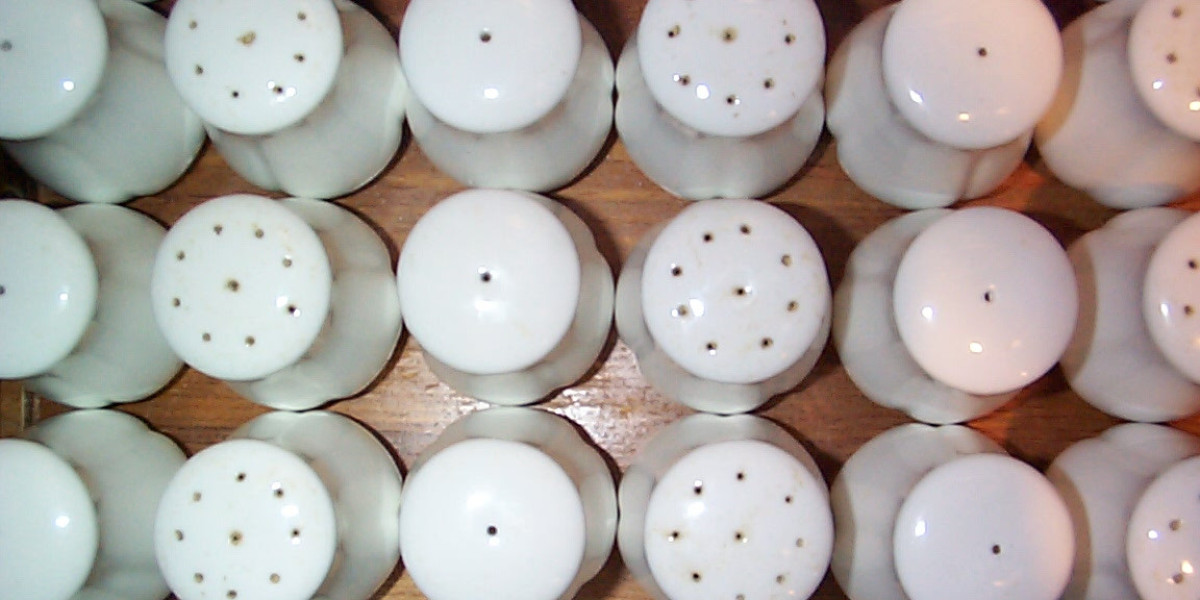Panjeeri holds a special place in South Asian kitchens, often cherished as a warm, nourishing blend of dry fruits, seeds, ghee, and whole grains. Crafted with intention and rooted in centuries-old tradition, it has become a celebrated wellness food for people of all ages. Far more than a winter snack, this wholesome mix offers comfort, strength, flavour, and healing properties that suit modern lifestyles remarkably well.
Rich cultural heritage surrounds panjeeri, making it much more than a collection of ingredients. It represents the wisdom of mothers and grandmothers who understood how to balance taste with nutrition. Although preferences vary by region, the essence remains the same premium dry fruits roasted in ghee and combined with wheat flour, herbs, or seeds to create an energizing blend.
Families across generations have turned to panjeeri for boosting immunity, supporting postpartum recovery, and providing sustained energy during cold months. Evidence from traditional practices shows that this nutrient-dense combination has always been valued for its warming properties, digestive benefits, and ability to strengthen the body from within.
A Celebration of Dry Fruits
Plenty of superfoods have gained popularity in recent years, yet dry fruits have been treasured in South Asian traditions for centuries. Almonds, walnuts, pistachios, dates, raisins, and figs hold impressive nutritional profiles. These ingredients are commonly included in panjeeri because they deliver essential fats, vitamins, minerals, and antioxidants in every spoonful.
Healthy fats found in almonds and walnuts support heart health and cognitive function. Natural sweetness from dates and raisins offers energy without relying on refined sugar. Minerals like magnesium, potassium, and calcium play a vital role in improving bone strength and overall vitality. By combining these dry fruits in a roasted base of whole wheat flour or multigrain flour, panjeeri becomes a complete powerhouse meal.
Nourishment Rooted in Ayurveda
Ayurvedic principles classify panjeeri as a warming, grounding food that balances the body’s energies during colder seasons. Ghee provides lubrication to joints, supports metabolism, and enhances the absorption of nutrients. Roasted whole grains add fibre for healthy digestion, while herbs like gondh (edible gum), ajwain, or saunf offer medicinal benefits.
Practitioners of Ayurveda often recommend panjeeri to strengthen immunity, especially during seasonal transitions. Its warming nature makes it suitable for individuals recovering from illness, those experiencing fatigue, or anyone looking to maintain stable energy levels throughout busy routines. This balance of warmth, nourishment, and flavour embodies the holistic approach of traditional wellness.
Panjeeri for Postpartum Care
Many South Asian mothers rely on panjeeri during postpartum recovery for its restorative properties. Cultural wisdom acknowledges the body’s need for rebuilding muscle strength, regulating hormones, and enhancing lactation after childbirth. Ingredients such as gondh and ghee nourish tissues, while dry fruits replenish lost nutrients and boost energy.
New mothers often struggle with fatigue, mood fluctuations, and decreased stamina. A spoonful of panjeeri daily can deliver natural energy, support healing, and improve overall wellness. Lactation-boosting components like almonds and fennel seeds can be added for enriched benefits. This timeless tradition continues to prove valuable for new mothers seeking natural nourishment.
An Ideal Winter Superfood
Cold weather brings cravings for warmth, comfort, and immunity-boosting foods. Panjeeri perfectly fits this requirement with its gentle heat and nutrient-dense profile. Its ghee-roasted ingredients help maintain body temperature, strengthen bones, and prevent seasonal illnesses.
Many people prepare large batches of panjeeri at the start of winter to enjoy with morning tea or as an evening snack. Even a small serving can sustain energy for long hours, making it ideal for students, professionals, and athletes. Its versatility allows individuals to adjust flavours—some prefer crunchy mixes, while others enjoy softer, sweeter blends.
A Convenient Energy Booster for Busy Lives
Modern lifestyles demand foods that provide nutrition, quick energy, and convenience without compromising quality. Panjeeri meets all three requirements effortlessly. A jar on the kitchen counter can serve as a ready-to-eat mini-meal, whether consumed by the spoonful, sprinkled on porridge, combined with milk, or used as a topping for yogurt.
Fitness enthusiasts appreciate panjeeri for its high-protein nuts, natural sugars, and healthy fats. Office workers rely on it for maintaining energy levels during long, difficult schedules. Children enjoy its mildly sweet, crunchy texture, making it a parent-approved snack that replaces less nutritious packaged options.
Customizable to Every Preference
Personalizing panjeeri is one of its greatest strengths. Some households prefer richer blends with cashews and coconut, while others choose lighter versions with more seeds and fewer sweeteners. The choice of flour can vary—whole wheat, multigrain, sorghum, millet, or even gluten-free options.
Flavour variations may include cardamom, saffron, dry ginger powder, nutmeg, or jaggery. Each addition enhances both taste and health benefits. This adaptability makes panjeeri suitable for people with different dietary needs, whether vegan, gluten-free, lactose-intolerant, or sugar-sensitive (using jaggery or dates instead of sugar).
A Symbol of Care and Togetherness
Many memories are connected to the aroma of freshly prepared panjeeri—the slow roasting of flour in ghee, the crackling of nuts, and the comforting smell of cardamom filling the home. This wholesome food is often made in large batches and shared with neighbours, relatives, and friends as a gesture of warmth and love.
Cultural festivals, childbirth celebrations, or winter gatherings are incomplete without a jar gifted to someone special. Beyond its nutritional value, panjeeri symbolizes affection, tradition, and the importance of caring for one another through thoughtful nourishment.
A Modern Superfood with Ancient Roots
Amid growing interest in natural, whole-food nutrition, panjeeri stands out as a timeless recipe suited perfectly for contemporary health goals. It aligns with clean eating trends, supports active lifestyles, strengthens immunity, and brings comfort during stressful routines. Every ingredient works synergistically to produce balance in the body, mind, and spirit.
Though many new health foods come and go, the enduring popularity of panjeeri proves its worth. Its combination of tradition, taste, and science-backed nutrition offers everything a wellness-focused individual seeks today.
Final Thoughts
Incorporating panjeeri into daily life is an enriching step toward holistic wellness. Its thoughtful blend of dry fruits, ghee, herbs, and grains delivers nourishment that strengthens the body from the inside out. Suitable for children, adults, elders, and especially new mothers, this centuries-old recipe continues to shine as a natural, delicious superfood. Every spoonful celebrates culture, care, and the comforting goodness of dry fruits.








